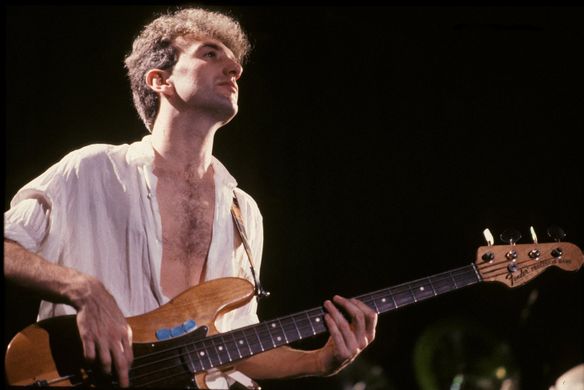‘Crazy Little Thing Called Love’ is a tune I’ve been playing for almost a decade on gigs, but I hadn’t taken a serious listen to the original recording for some time and was curious as to whether or not what I was doing was faithful to John Deacon’s part or if it had suffered from what I can only term ‘musical Chinese Whispers’…
Taken from 1980’s The Game, Queen’s eighth studio album, ‘Crazy Little Thing Called Love’ became the band’s first single to top the US Billboard Hot 100 chart – not bad for something that Freddie Mercury allegedly wrote while he was taking a bath.
Queen – ‘Crazy Little Thing Called Love’ Bass Transcription PDF
Rhythmically, we’re in shuffle territory, meaning that everything is derived from an 8th note triplet subdivision; if that sounds confusing, then don’t panic – listening to the track will tell you everything you need to know about the rhythmic feel.
Harmonically speaking, ‘Crazy Little Thing Called Love’ contains some elements of a standard 12-bar blues progression but throws in some non-diatonic twists and turns; we’re in the key of D major but we don’t ever get to hear the V chord (A major) during the verse sections. Instead, the band uses Bb major and C major chords (these would be analysed as bVI and bVII relative to the key centre) to create an alternative turnaround. This is a common non-diatonic chord substitution that is used frequently by everybody from David Bowie to Oasis; it works because we’re temporarily borrowing chords from the key of D minor, a technique known as modal interchange.
Bass-wise, John frequently uses slides and other articulations to enhance the verse part, which is otherwise a standard rock ‘n’ roll major arpeggio figure. Verse 2 features octave displacement of the root note over te D major chord, which is a simple way to create variety in your own lines. The triplet fill leading into the guitar solo (bar 48) might need some attention, but otherwise there’s nothing too taxing in JD’s part.

